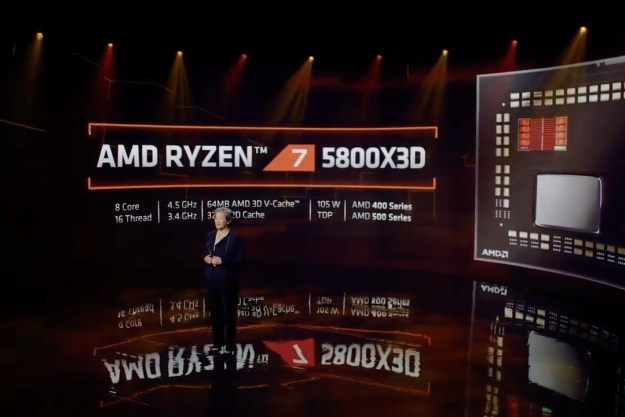As recent graduate Pieter Smakman explained in a guest post in Sparkisan, “body parts are still very hard to scan due to their agile nature.” Whereas static objects are relatively straightforward and simple, a human limb has many nuances that make them considerably more difficult to fully process and understand (from a machine’s point of view, that is). So to address this issue, Smakman “developed the first dedicated and low-cost 3D Hand Scanner.”
With Raspberry Pis, laser pointers, and a total of 32 cameras, Smakman claims that his scanner “is able to create a precise surface model of the hand,” which in turn “opens a new world of possibilities: think of 3D printed braces, personalized medical instruments, and a long-awaited tool for everyone who designs products that interact with the human hand.”
For now, this world is one that only exists in hypotheticals — Smakman’s design is one of a kind and has yet to be reproduced, much less made available to the general public. But if it ever does come to fruition, it’s sure to have a major impact on the way our hands (and the rest of our bodies) are able to interact with the world.
Editors' Recommendations
- Nvidia turns simple text prompts into game-ready 3D models
- AMD is ready to battle Intel with next-gen 3D V-Cache CPUs
- AMD’s revolutionary 3D V-Cache chip could launch very soon
- Fighting football injuries with 3D-printed, hyper-personalized pads
- Windows 11 may get the 3D emojis we were promised


